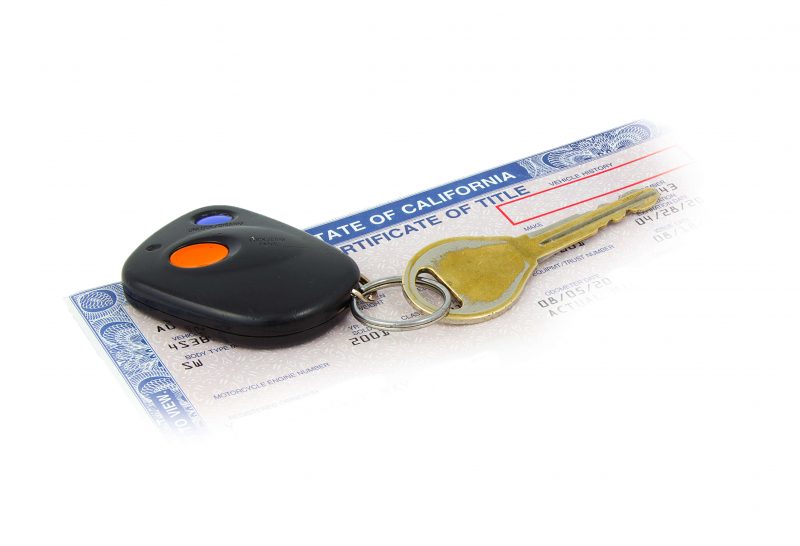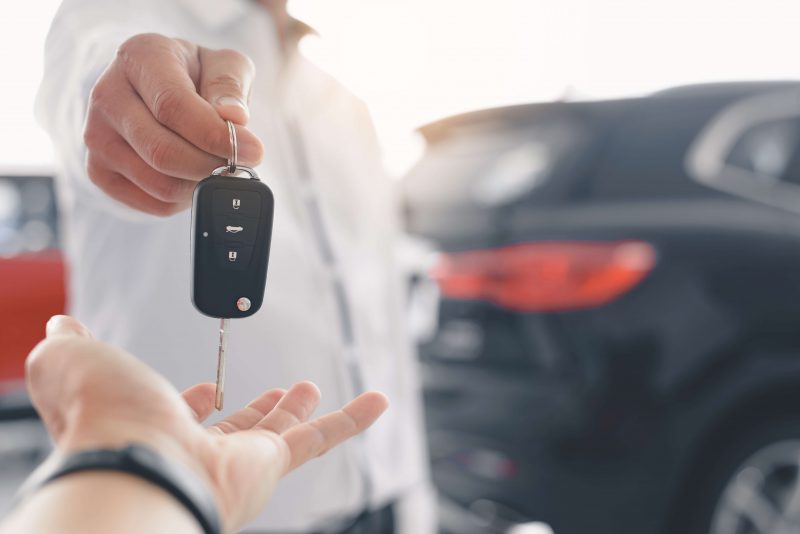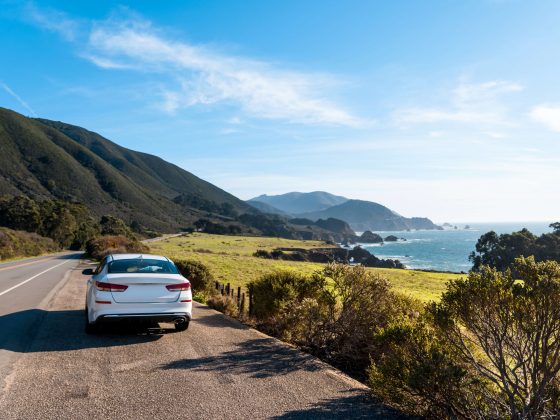Surely you’ve heard the urban legends (or truths?) about the volume of cars on the roads in the state of California, yes? Alright, maybe you’ve heard a tad bit less about California, and maybe a bit more about Los Angeles with its infamous travel times from one side of the city to the other. Nevertheless, either or both would be correct.
Use eTags© to Quickly Complete Your DMV Service. Renewals, Title Transfers and More, All Online!
According to a recent survey on the rate of vehicle ownership, California clocked in with 93% of all households possessing at least one car/truck/SUV, with the average number of vehicles per household being 2.3. That’s a decent percentage, we think. Definitely above average.
But the area in which the left coast really outdoes itself – or the rest of the country, for that matter – is the amount of licensed drivers. California is home to the most drivers over the age of eighteen in the United States.
There are over 27 million (yes, million) licensed drivers in the Golden State, ranking it the highest in the country.
So it wouldn’t quite be jumping to any drastic conclusions to assume that Californians also have a pretty high rate of vehicle title transfers. Where there are drivers, there are cars (or trucks, or SUV’s, or RV’s). And where there are cars, there are titles. And where there are titles, there are title transfers. And where there are title transfers…(you know what’s coming)…there is eTags!
Let’s talk California title transfers, shall we?
Q: When does a title need to be transferred?
A: Any time there is a change in ownership, such as:
- Sale, gift, donation
- Removing or adding a name from the title
- Inheriting a vehicle
- Fulfillment of a lien (paying off your car loan)

Q: What do I need to transfer a title?
A: All transfers will require:
- The California Certificate of Title. If the title is damaged or lost, you will need an Application for Replacement of Transfer of Title (Form Reg-227)
- The seller or lienholder’s signature transferring ownership. If there are two owners, you will need to check if their names are separated on the title with and AND or and OR. This matters because if the owners are joined by AND, they will both have to sign over the title, whereas if the names are linked with OR, only one seller signature is necessary. In the event there is neither and AND or and OR, then both owners must sign over the title.
- Any applicable transfer fees
Some transfers will require:
- A bill of sale that includes: date of purchase, seller name and address, buyer name and address, vehicle make, model, year, and purchase price. You may want to add in details such as vehicle condition and the form of payment made.
- A Notice of Transfer and Release of Liability (NRL)
- Smog Certification
- Lien Satisfaction Letter

There are other forms and documents that may be required, depending on the type of title transfer you are initiating. For a full list of possible Title Transfer Forms, you can visit the DMV here.
Q: What other elements may be needed when transferring a vehicle title in California?
A: If you are the seller, you may need to disclose the Odometer Mileage Reading. If you are the buyer, you will want to be sure to:
- Fill in the back top section of the title with your full legal name, address, driver’s license (or ID) number, signature and date.
- Include the purchase price. If the vehicle was a gift, you can fill in the word GIFT.
- Check the existing registration card for owner(s) names
- Review the license plate number, VIN, make, model, year, and registration expiration date
- Ascertain if the words “Nontransferable/No California Title Issued” appear
- Be sure to confirm an existing passing Smog Check, or conduct a new one
Q: What about a transfer between family members? Is there anything particular with that transaction?
A: It will be mostly the same as a casual sale.
For a title transfer inside of a family you will need:
- The California Certificate of Title signed over to the recipient of the vehicle
- A tax exemption form
- For vehicles less than ten years old, an odometer disclosure statement
- Any applicable fees
Q: Can I add my spouse’s name to my title? Is this also considered a title transfer?
A: Yes. You will need two DMV forms:
- The Statement of Facts (Form 256)
- If you’ve lost or damaged the vehicle title, you can fill out The Application for Replacement of Transfer of Title in order to obtain a new document that you will use for the transfer
In order to add your spouse’s name, you will have to sign over the title. But the difference between this transfer and an actual sale, is that you will sign as both buyer and seller. So, you sign your name in the seller section the front of the title, and then in the buyer section on the back of the title as well. Your spouse will also sign as a buyer. There will be two “buyers” in the end: you and your spouse.

Two important things to note:
- The Form 256 will exempt you from a smog check as well as California Use Tax.
- This process can be used when adding or removing any family member to or from a title. Family members include: domestic partner, child, parent.
Q: What if I was gifted a vehicle that has no title?
A: The first step is to get a Smog Check for the car/truck/SUV. If the vehicle is four years old or newer, you can bypass this step. Once you’ve got a passing emissions test, you can then apply for a duplicate title with the form REG-227.
Q: Do I need insurance?
A: Yes.
You will need to show proof of California auto insurance within thirty days of transferring ownership. Without it, you will not be able to register or drive your vehicle legally on CA roads.

Q: Do I have to go to the DMV to transfer my title?
A: Nope! You’ve found the fastest online title transfer in California here at eTags. We can help you process the whole transaction without ever having to step foot in a DMV office. Yahooo! Simply head over to our site, choose California as your state, and let our title transfer experts help you get it done. Because, as always, we’re here to help!








